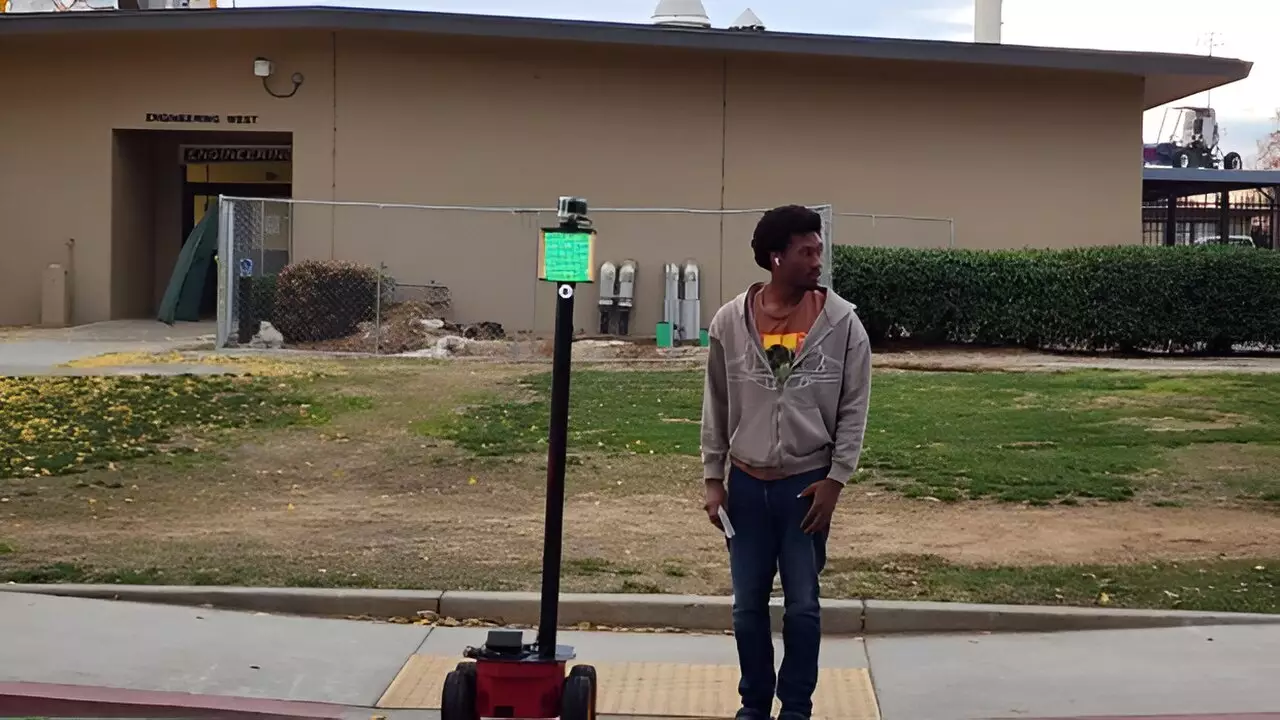Imagine a world where a robot could assist in protecting kids in crosswalks, reducing the shortage of crossing guards in the Bay Area. This is the vision of Hovannes Kulhandjian, an associate professor in electrical and computer engineering at Fresno State, who has developed a prototype called CrossBot. The robot, equipped with sensors, Lidar, a microphone, radar, video camera capabilities, a speaker system, and advanced algorithms, has the ability to provide a 360-degree view of its environment and ensure the safety of children crossing the street.
Despite the potential benefits of having a robotic crossing guard, not every parent is convinced of its reliability. Some express concerns about the robot’s ability to malfunction or be hacked, highlighting the emotional connection and trust they have in human crossing guards who know their children personally. Questions about the robot’s accuracy and ability to effectively handle unforeseen circumstances also raise doubts among parents who value the human touch in ensuring the safety of their children.
The shortage of crossing guards in various school districts in the Bay Area, exacerbated by the challenges of the pandemic and the turnover of human crossing guards, has created a need for alternative solutions such as robotic assistance. With a focus on enhancing human efforts rather than replacing them, Kulhandjian sees CrossBot as a complementary tool that can support schools in ensuring the safety of students during their daily commute.
Robots are increasingly playing a vital role in various industries and sectors, from transportation and logistics to security and maintenance. The global robotics market is projected to reach billions of dollars by the end of the decade, indicating a growing demand for automation and technological solutions to address complex challenges. While some may fear that robots will replace human jobs, Kulhandjian emphasizes that CrossBot is designed to work alongside humans, filling in the gaps where there is a shortage of crossing guards.
As accidents involving pedestrians continue to pose a significant risk to people of all ages, innovative solutions like CrossBot offer a glimpse into the future of ensuring pedestrian safety. By leveraging technology and advanced sensors, robots can enhance the effectiveness of traditional safety measures and provide an additional layer of protection for vulnerable road users. While there may be skepticism about the role of robots in overseeing crosswalks, the potential benefits of such inventions cannot be overlooked in the pursuit of creating safer and more efficient urban environments.
The introduction of robotic crossing guards like CrossBot presents both challenges and opportunities in reimagining the role of technology in safeguarding public spaces. While concerns about reliability and human connection persist, the need for innovative solutions to address the shortage of crossing guards and enhance pedestrian safety remains critical. By striking a balance between human oversight and technological assistance, we can pave the way for a future where robots complement and support human efforts in creating safer and more inclusive communities.


Leave a Reply